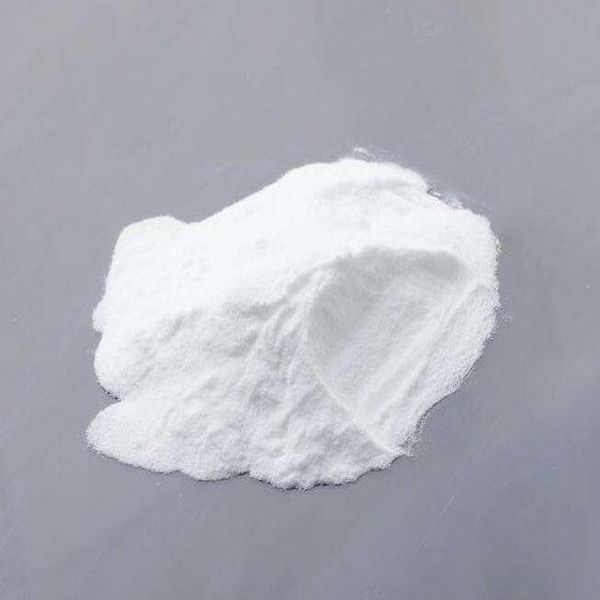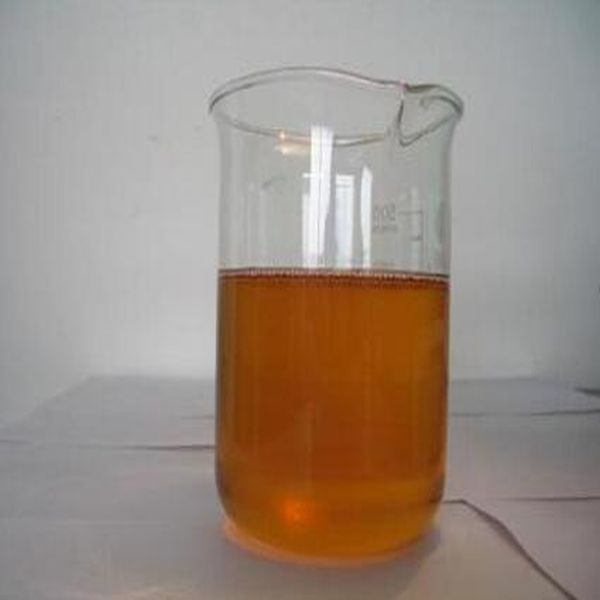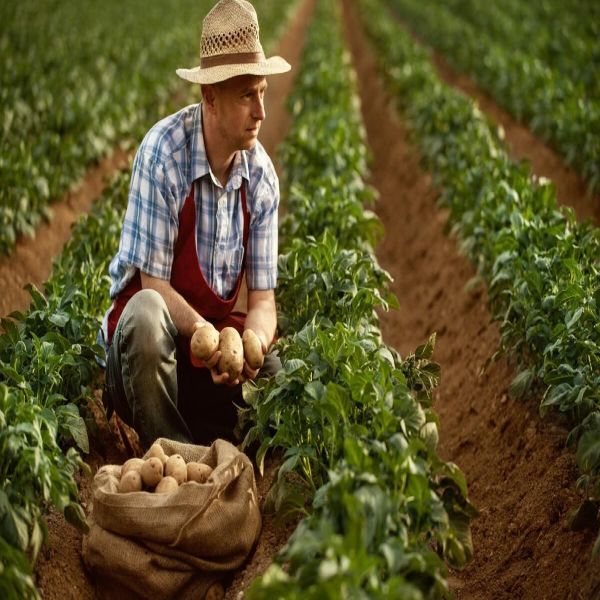Plant diseases are the enemy of agricultural production. According to the statistics of the Food Organization of the United Nations, the annual loss of crops due to diseases is 10-15%. At present, the main means of preventing and controlling plant diseases is the use of chemical fungi. The agricultural fungicides developed and used in recent years mainly include triazoles, methoxyacrylates, amino acid derivatives, amides and other fungicides. These agricultural fungicides not only have high activity, unique mechanism of action, and are environmentally friendly, but also have special effects on diseases that are difficult to prevent and control, such as rice blast, downy mildew, gray mold, and bacterial wilt.
Difenoconazole occupies an extremely important position among triazole fungicides and has become one of the most widely used fungicides in crop cultivation. The agent is mainly used in crops such as fruit trees, vegetables, wheat, potatoes, beans and melons, preventing and controlling a variety of fungal diseases and has a good protection and treatment effect, but does not affect the environment and agricultural products. Since difenoconazole has been on the market since the beginning of the year, its sales have maintained an upward trend, with an average growth rate exceeding the above. It is the triazole fungicide with the largest sales except tebuconazole and fluconazole.
application
Difenoconazole emulsifiable concentrate needs to consider the solvent used. Domestically, xylene is used as a solvent for cost and customary considerations. Since xylene is a low flash point, volatile solvent, processed emulsifiable concentrates are currently considered to be a non-safe and environmentally friendly dosage form, which has been restricted in domestic registration and R&D. The application examples are as follows:
1) Preparation of an agricultural insecticidal composition, in particular to an insecticidal and bactericidal composition composed of fenpyramide and difenoconazole, and including organosilicon as a synergist. Lufenuron and difenoconazole emulsifiable concentrate, EC consists of lufenuron 5%, difenoconazole 10%, silicone 3%, fatty alcohol polyoxyethylene ether 8%, agricultural milk 500#6%, solvent oil Make up the remaining amount by 100%. Put the above raw materials into the mixing kettle according to the conventional method of preparing emulsifiable concentrates to make 5% lufenuron and 10% difenoconazole emulsifiable concentrates; the silicone refers to trisiloxane Or modified silicone surfactant with trisiloxane structure. The insecticidal and bactericidal composition composed of fenprofen and difenoconazole is a new pesticide with low toxicity, high efficiency and low residue. The combination of the two pesticides can improve the toxicity of crops and kill pests and diseases. effect. Not only can expand the scope of prevention and control, but also reduce the number of application of pesticides, improve labor efficiency.
2) It is used for the prevention of white spots on papaya peel, including the following steps: garden hygiene treatment, completely eliminating the residues of weeds and dead leaves in the papaya planting garden, concentrated fertilizer, after high temperature fermentation and full rot, the fertilizer is applied Enter the garden; add 2-4 kg of bio-organic fertilizer to each plant every month during the peak of fruit harvest; control the humidity after fertilization in the garden and water regularly; spray 1-2 times before the flowering to prevent pesticides. The medicament can maintain the efficacy. The medicament can be 10% difenoconazole emulsifiable concentrate 1000-1500 times solution, 25% basic copper sulfate suspension agent 600-700 times solution or 55% copper hydroxide dispersible granules 900-1200 times solution Any one of them; compound fertilizers and medium trace elements: magnesium sulfate, ferrous sulfate, zinc sulfate, borax and calcium nitrate are added every 7-10 days before the papaya plant breaks. The method disclosed by the invention is simple and low in cost, and can effectively prevent and alleviate white spots on the surface of papaya and ensure the appearance quality of the fruit.
Post time: Jun-23-2020


